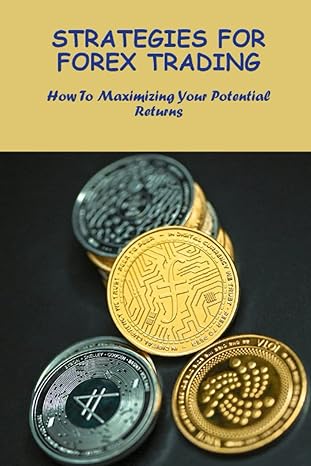Question
11. Portfolio Beta You have a $2 million portfolio consisting of a $100,000 investment in each of 20 different stocks. The portfolio has a beta
11. Portfolio Beta
You have a $2 million portfolio consisting of a $100,000 investment in each of 20 different stocks. The portfolio has a beta of 1.1. You are considering selling $100,000 worth of one stock with a beta of 0.9 and using the proceeds to purchase another stock with a beta of 1.4. What will the portfolio's new beta be after these transactions? Do not round intermediate calculations. Round your answer to two decimal places.
12. Required Rate of Return
Stock R has a beta of 1.7, Stock S has a beta of 0.65, the expected rate of return on an average stock is 8%, and the risk-free rate is 7%. By how much does the required return on the riskier stock exceed that on the less risky stock? Do not round intermediate calculations. Round your answer to two decimal places.
13. Historical Realized Rates of Return
You are considering an investment in either individual stocks or a portfolio of stocks. The two stocks you are researching, Stock A and Stock B, have the following historical returns:
| Year | ||||
| 2015 | -15.00 | % | -7.00 | % |
| 2016 | 37.00 | 23.00 | ||
| 2017 | 27.00 | -11.00 | ||
| 2018 | -7.00 | 46.00 | ||
| 2019 | 34.00 | 25.00 | ||
- Calculate the average rate of return for each stock during the 5-year period. Do not round intermediate calculations. Round your answers to two decimal places.
Stock A: %
Stock B: %
- Suppose you had held a portfolio consisting of 50% of Stock A and 50% of Stock B. What would have been the realized rate of return on the portfolio in each year? What would have been the average return on the portfolio during this period? Do not round intermediate calculations. Round your answers to two decimal places. Negative values, if any, should be indicated by a minus sign.
| Year | Portfolio |
| 2015 | % |
| 2016 | % |
| 2017 | % |
| 2018 | % |
| 2019 | % |
| Average return | % |
- Calculate the standard deviation of returns for each stock and for the portfolio. Do not round intermediate calculations. Round your answers to two decimal places.
|
| Portfolio | ||
| Std. Dev. | % | % | % |
- Suppose you are a risk-averse investor. Assuming Stocks A and B are your only choices, would you prefer to hold Stock A, Stock B, or the portfolio? Why?
A risk-averse investor should choose__?, since it offers __? expected return with __? risk.
Step by Step Solution
There are 3 Steps involved in it
Step: 1

Get Instant Access to Expert-Tailored Solutions
See step-by-step solutions with expert insights and AI powered tools for academic success
Step: 2

Step: 3

Ace Your Homework with AI
Get the answers you need in no time with our AI-driven, step-by-step assistance
Get Started


